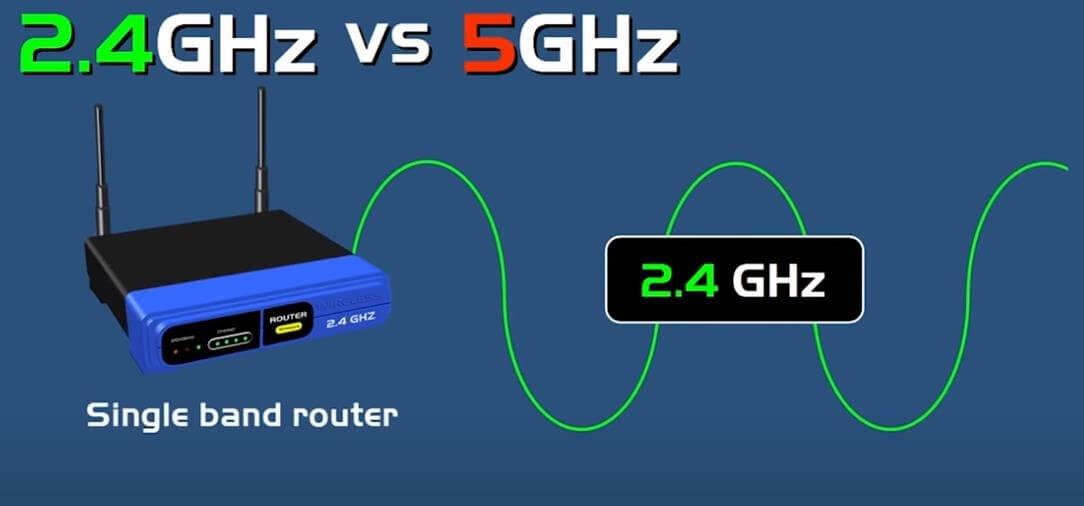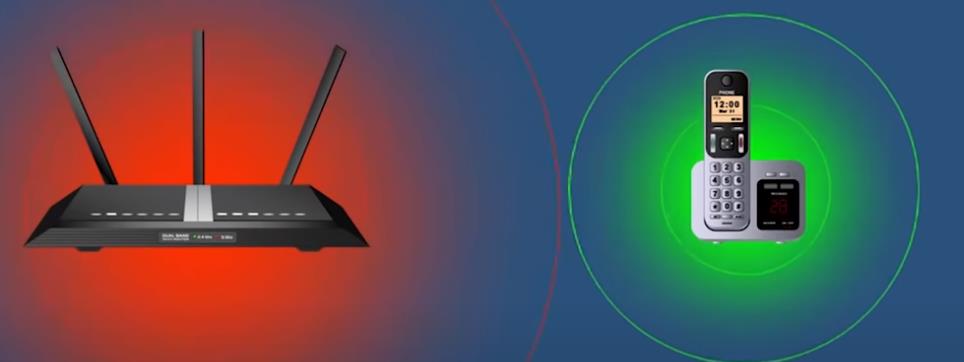2,4 GHz and 5 GHz are two of the most common wireless frequencies used for Internet networks. These two are not only numerically different frequencies but also have some differences in how they work.

The main difference between 2,4 GHz and 5 GHz is the range and bandwidth or speed as they both have big differences in both. The 2,4 GHz frequency has a large coverage area or says its range is longer while the data transmission speed is slow. The 5 GHz frequency, on the other hand, has a small coverage area but data transmission is fast on this frequency.
5GHz is faster and 2,4GHz frequency has a larger coverage area while the speed is slower compared to 5GHz.
Which is better 2,4GHz or 5GHz?

Higher frequencies do not cover a larger area because they are unable to penetrate through solid matter. Walls, floors, huge objects, etc. they are obstacles that higher frequencies cannot pass through, so they cannot cover a larger area.
The speed of these 5 GHz for data transmission is faster while this fails for larger areas. The bandwidth decides the upload and download speed through the network and the higher the bandwidth the faster the upload and download speed.
WiFi using technology and devices etc. they work on the 2.4 GHz frequency band. The greater the number of devices using the same frequency band in a space, the more the frequency quality is degraded.

There is also a difference in the number of channels for devices on these two frequencies. The 5 GHz frequency has 23 channels for use, while the 2,4 GHz band only provides 11 channels for use in devices. The 5 GHz band has less crowding compared to the 2,4 GHz band due to the higher number of channels.